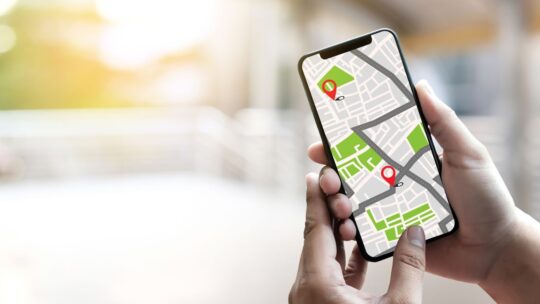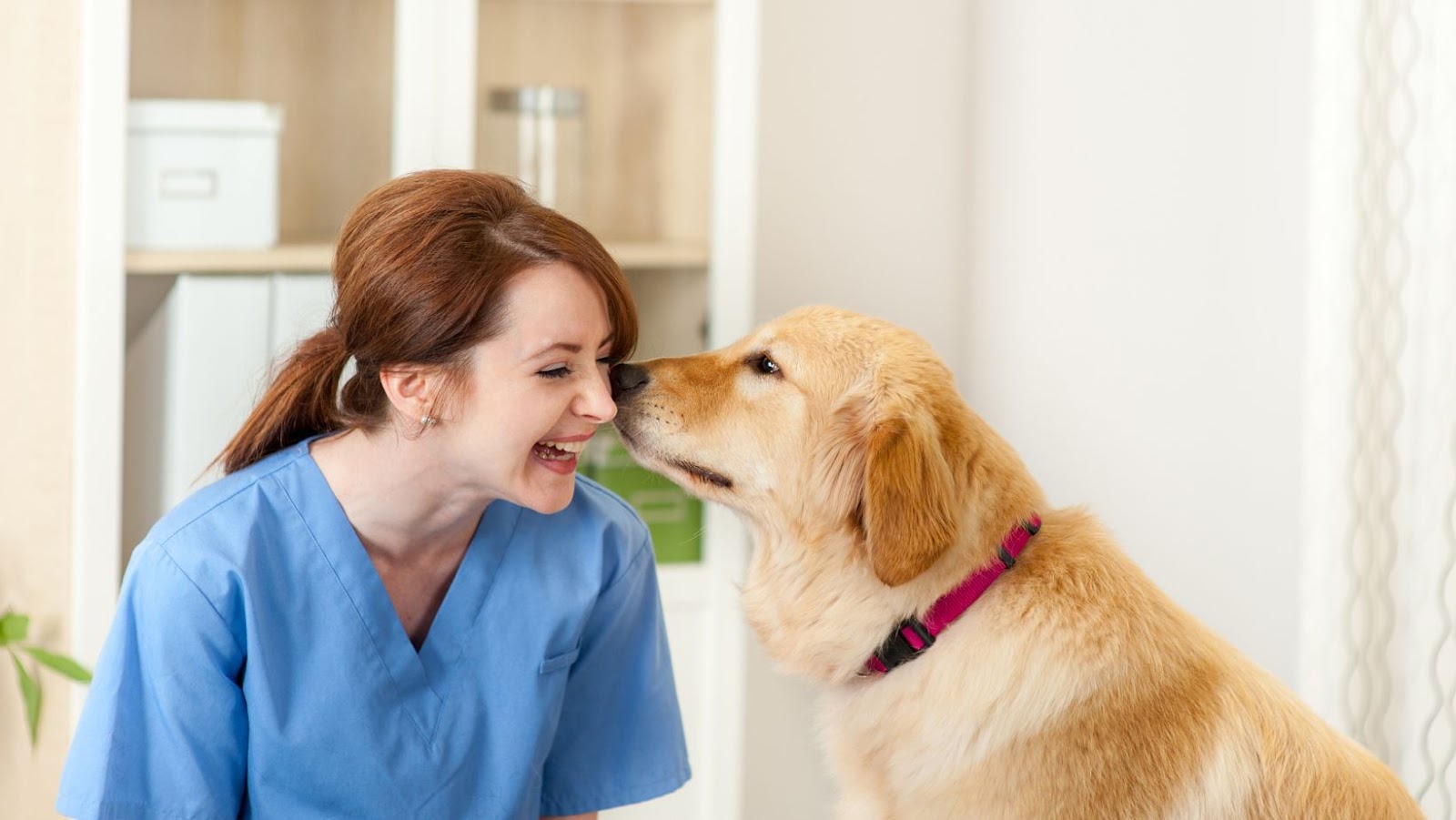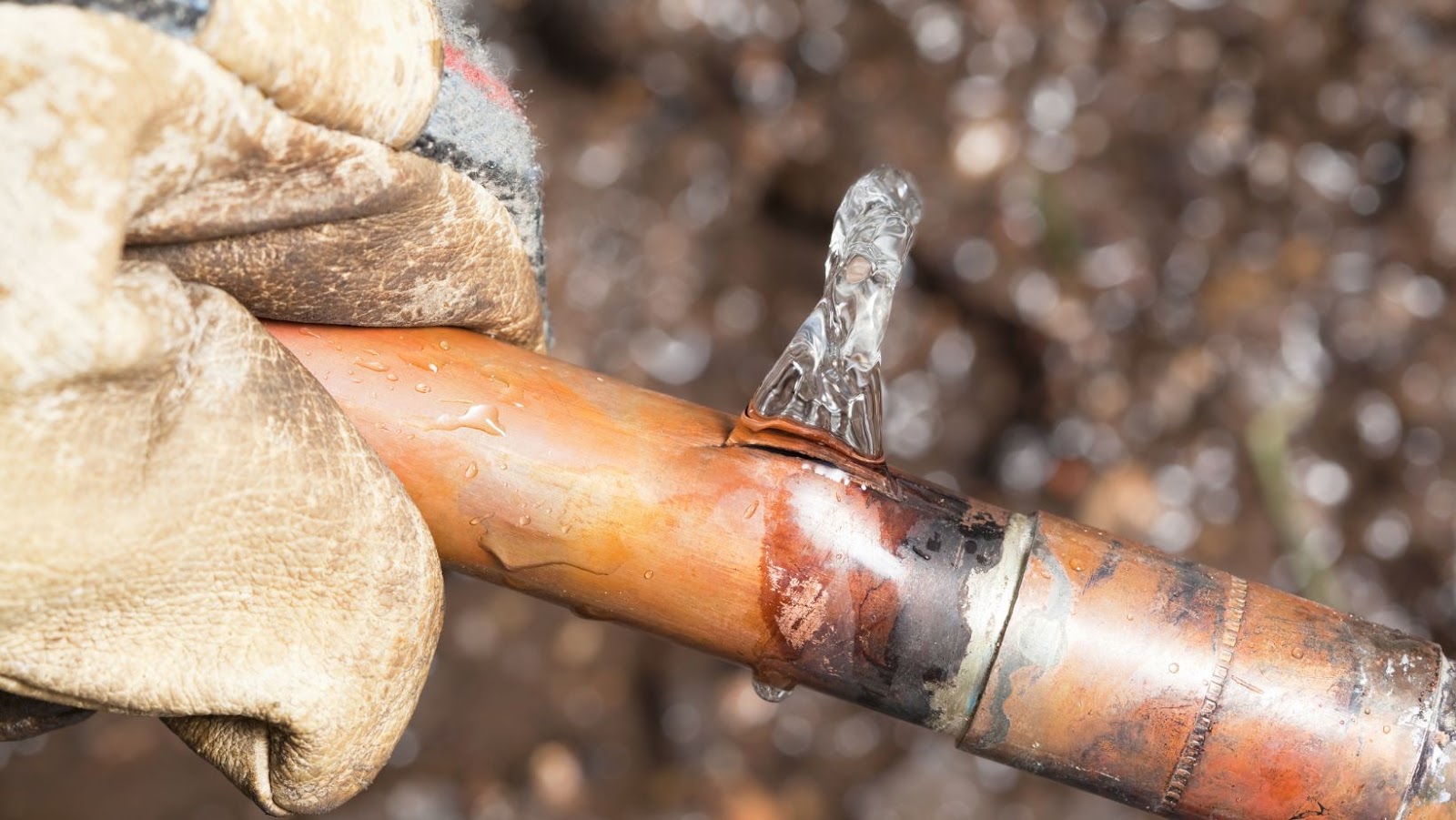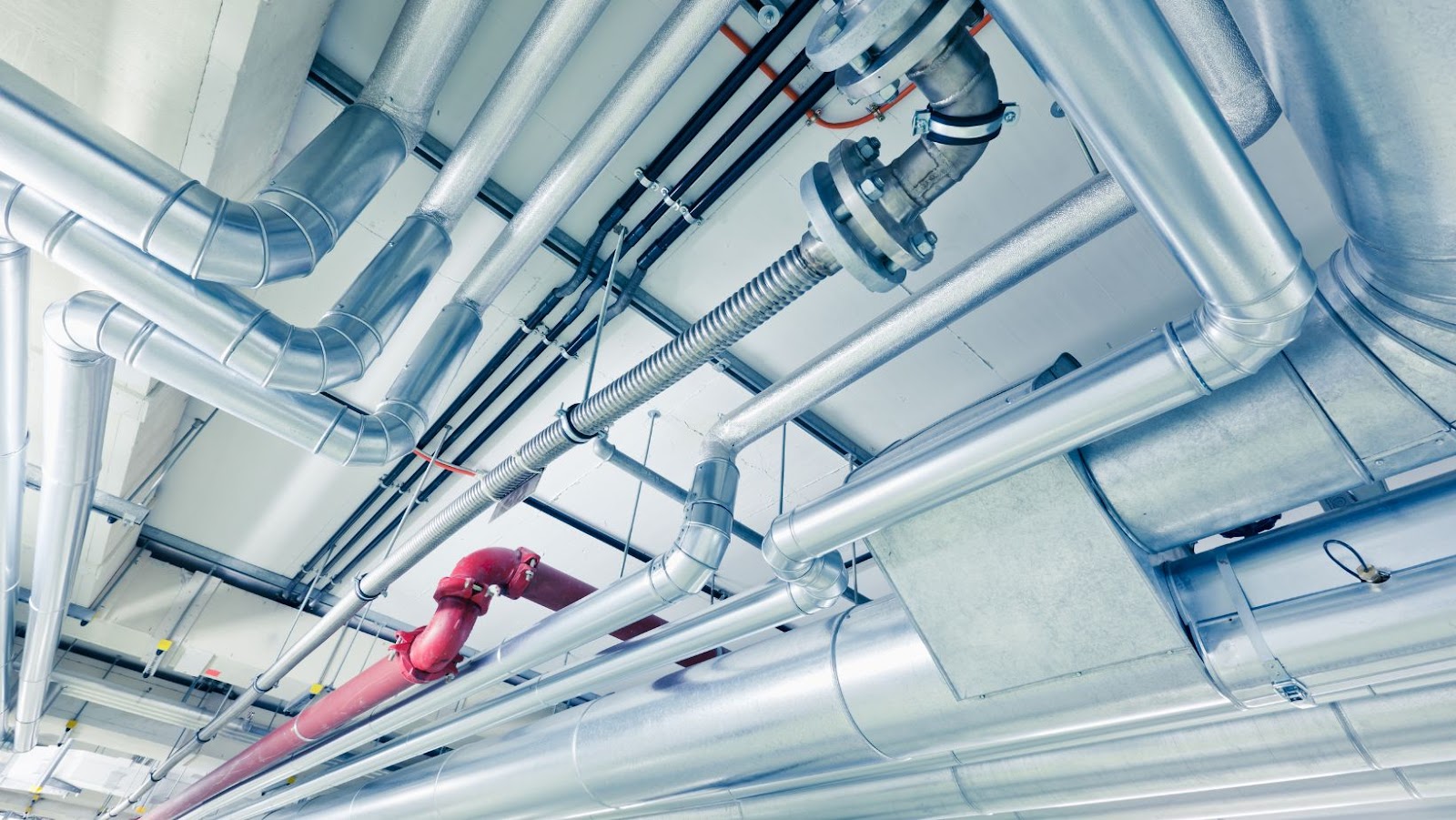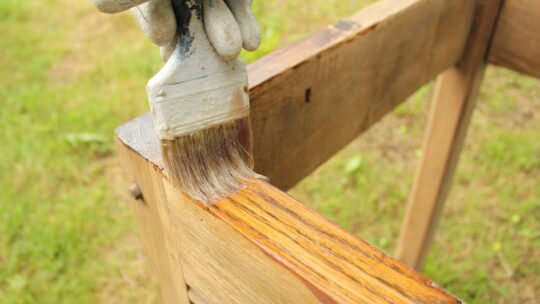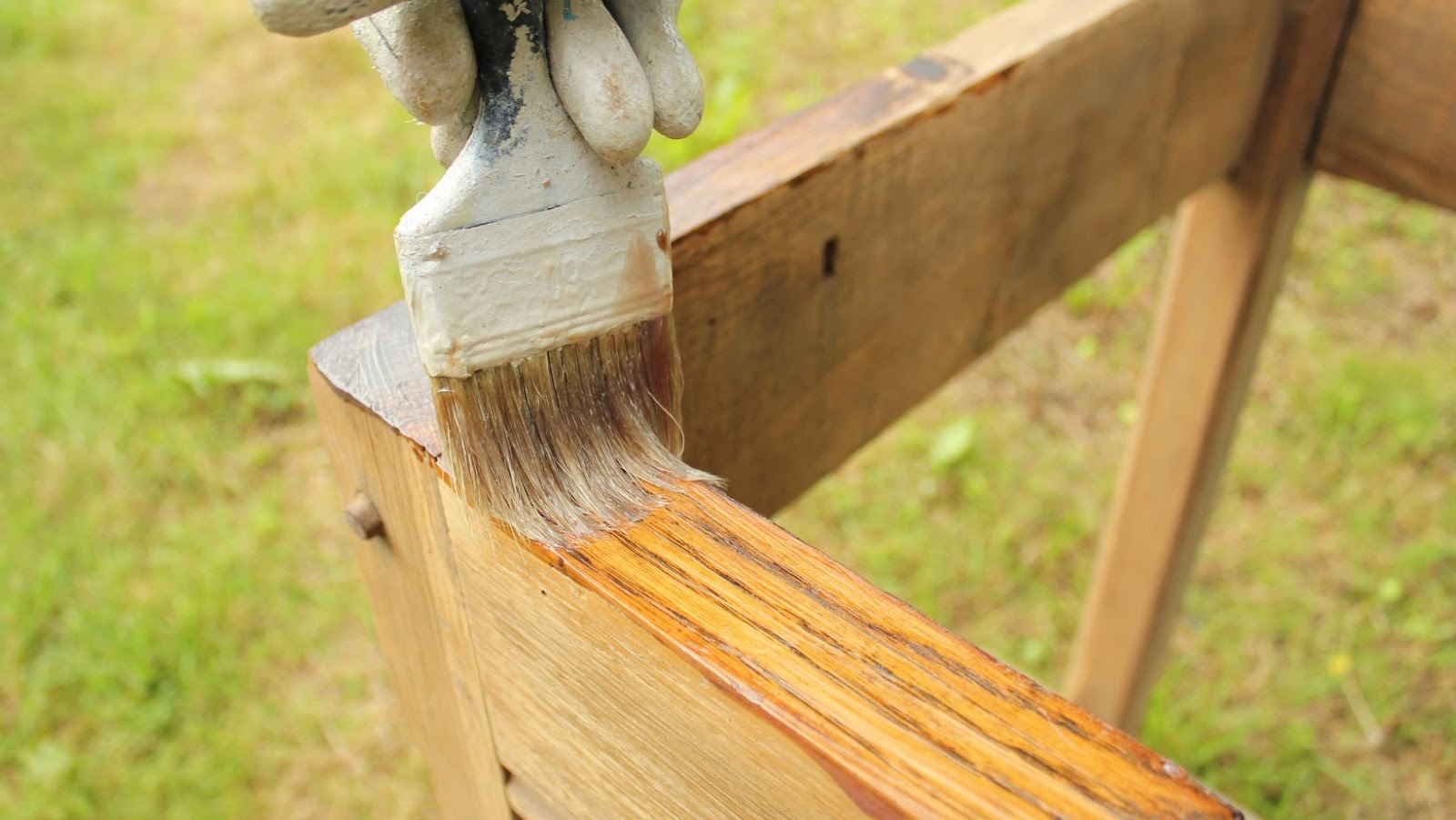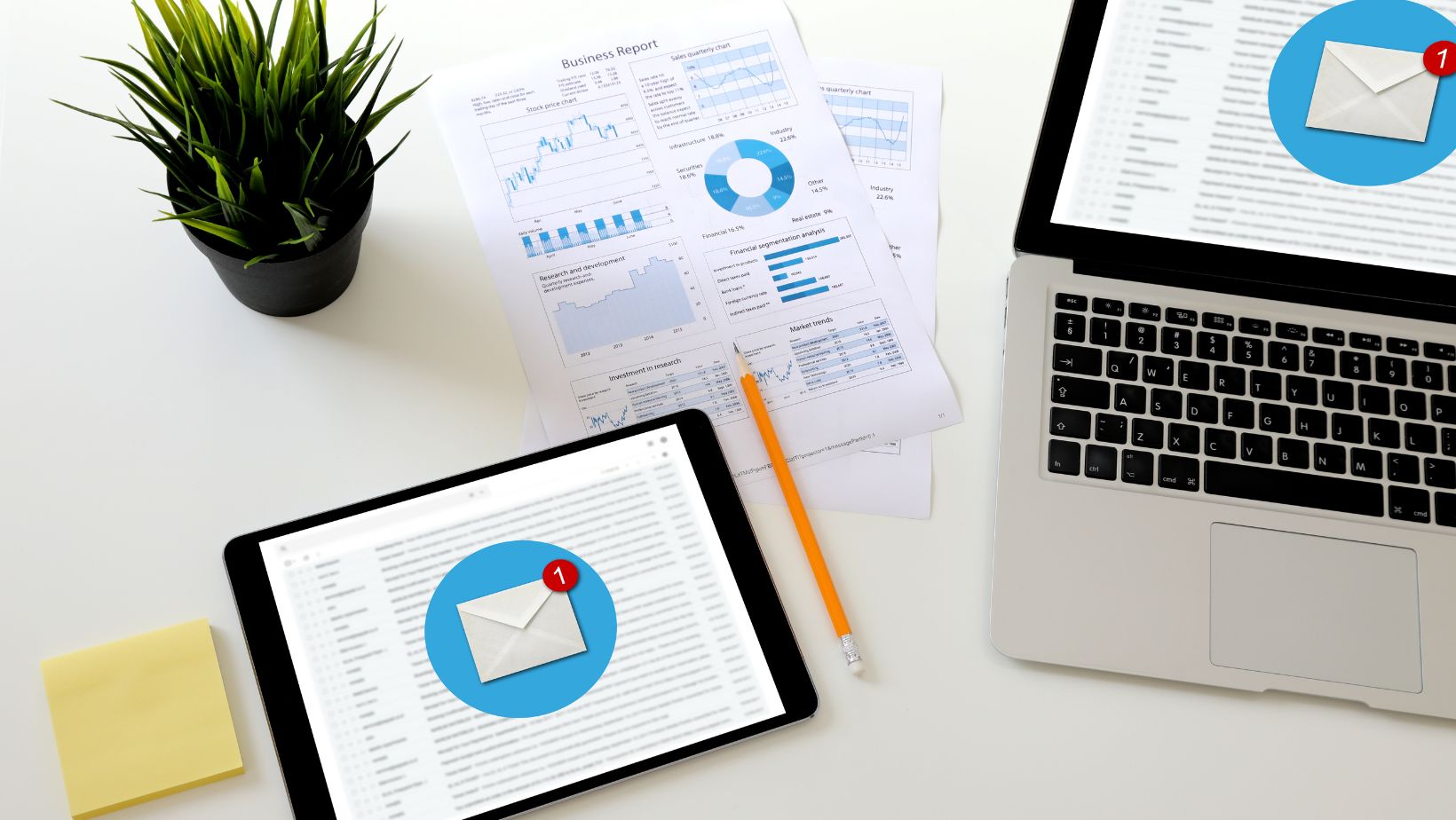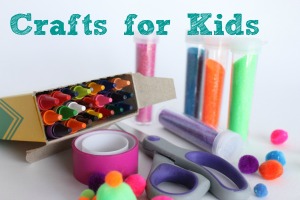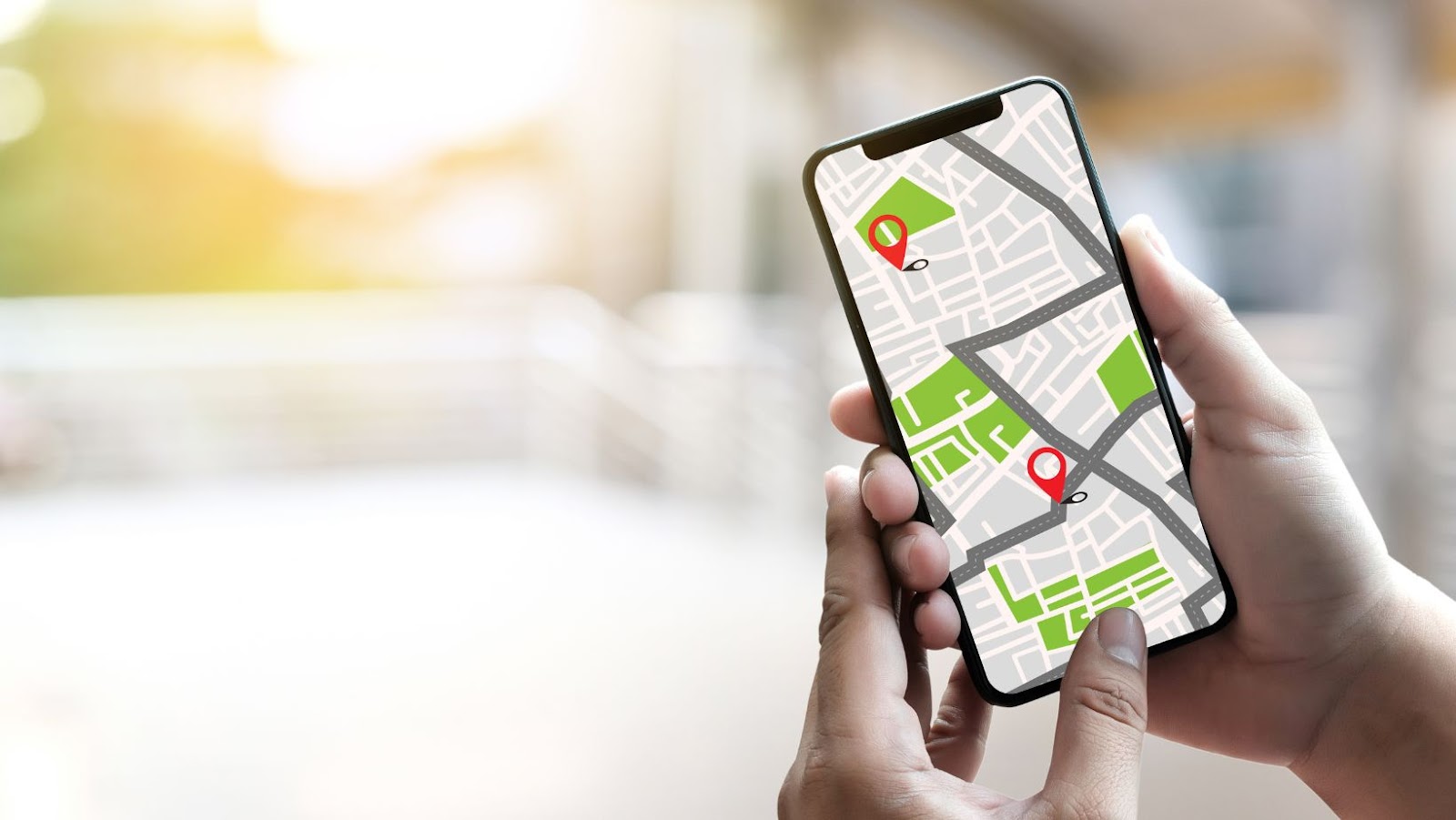
With the use of advanced technology, it is now possible to track your loved ones by simply installing a Gps tracking device on their phones. These gadgets can be activated with a single button and can help you monitor how far your family members are from each other. In this article, you will find five safety features that will convince you to get one for your own family!
Tracking Your Children
There are a number of GPS tracking devices on the market that are designed specifically for tracking children. These devices typically use either a cellular or satellite connection to provide real-time location data, which can be accessed by parents or guardians via an online portal or mobile app.
Most GPS trackers for children also include a panic button that can be used in case of an emergency, as well as other features such as geofencing and activity monitoring. Here are some of the best GPS trackers for children available today:
- Tinitell: This wearable GPS tracker is designed for kids ages 4 and up. It includes two-way voice calling, so parents can always stay in touch with their children. It also has a built-in SOS button that can be used to summon help in an emergency.
- HereO: The HereO GPS watch is designed for kids ages 3 and up. It includes real-time location tracking, as well as a geofencing feature that allows parents to set up safe zones for their children. If the child strays outside of the safe zone, the parent will be notified immediately.
- Amber Alert GPS: The Amber Alert GPS tracker is designed for kids of all ages. It includes real-time location tracking, as well as a geofencing feature and an SOS button for emergencies. It also offers monthly activity reports, so parents can see how much (or how little) their child is moving around each day.
Vehicle Tracking
GPS vehicle tracking is one of the most important safety features that you can have for your family. Here are a few reasons why:
- Vehicle Tracking: You can always know where your family members are and track their location in real time. This is especially useful if they are driving in unfamiliar or dangerous areas.
- Geofencing: You can set up virtual boundaries around certain locations, and be alerted if any of your family members cross those boundaries. This is great for keeping tabs on kids when they’re away from home, or for elderly family members who might wander off.
- SOS Alerts: In the event of an emergency, your family members can send out an SOS alert to their trusted contacts. This feature can help them get the help they need quickly in a potentially dangerous situation.
- Battery Life Monitoring: GPS tracking devices usually have built-in battery life monitoring, so you can always know how much power they have left. This is helpful in case of an emergency, as you’ll know how long the device will stay operational.

- Historical Data: Most GPS tracking devices keep track of historical data, so you can see where your family members have been over time. This is useful for seeing patterns in their behavior, or for finding out if they’ve been somewhere they shouldn’t have been.
Data Hidden from Spouse
If you’re considering GPS tracking for your family, one of the safety features you may be interested in is the ability to hide data from your spouse. This can be useful if you want to track your children’s whereabouts without your spouse knowing, or if you’re concerned about your spouse’s safety and want to be able to track their movements without them being aware. There are a few different ways to achieve this, depending on the GPS tracking system you’re using. Some systems allow you to create separate user accounts with different levels of access, so you can restrict what information each user can see. Others have a “stealth mode” which allows you to track a device without it being visible on the map, so your spouse won’t know they’re being tracked. Whichever system you choose, make sure it offers the level of privacy and security you need to feel comfortable using it.
Geofencing
GPS tracking devices are becoming more and more popular as a way to keep track of loved ones, especially children. But what are some of the safety features that make GPS tracking completely worth it? One of the most important safety features of GPS tracking is geofencing.

Geofencing allows you to set up a virtual perimeter around a certain location, such as your child’s school or home. If the GPS device leaves the area, you’ll be immediately notified. This is a great way to make sure your child is where they’re supposed to be, and it can give you peace of mind when they’re out of your sight.
Another safety feature of GPS tracking is real-time tracking. This means that you can see where the device is at all times, so you always know where your loved one is. This can be especially helpful if there’s an emergency and you need to find them quickly. GPS tracking devices also typically have built-in SOS buttons that allow the user to send out a distress call if they’re in danger. This can be a lifesaver in an emergency situation. Finally, many GPS tracking devices come with tamper-proof casings and straps, so they can’t be removed without your knowledge. This helps to ensure that your loved one won’t be able to take off the device without you knowing, and it also makes it more difficult for
Sending Alerts
If you’re looking for a GPS tracking system for your family, one of the most important features to look for is the ability to send alerts. Alerts can be sent in a number of ways, including text messages, emails, or even push notifications. With alerts, you’ll always know when your family members arrive at their destination safely. You can also set up alerts to let you know if someone strays off the path or leaves the designated area.


